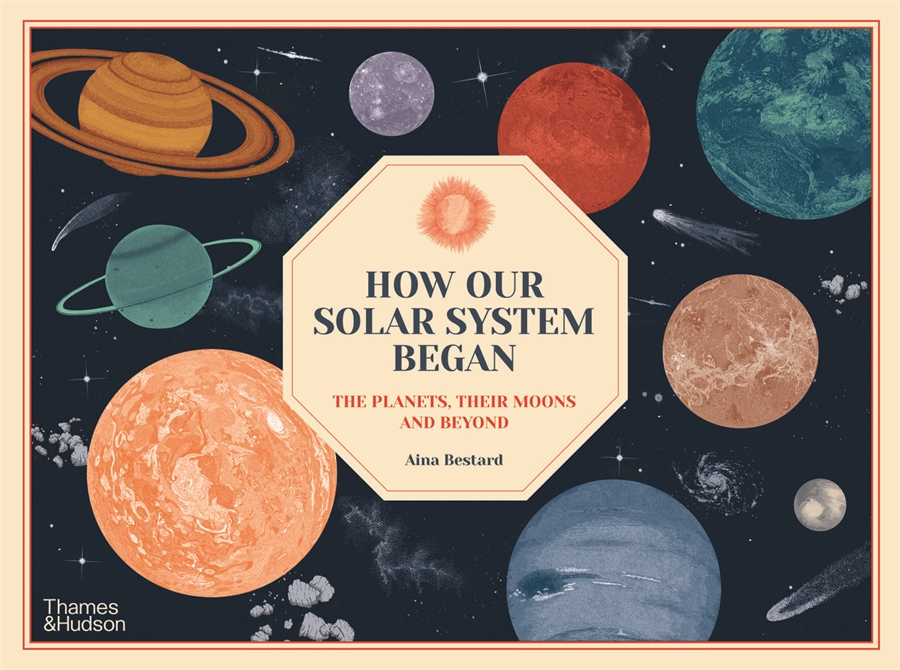Description
A large format, beautifully designed book that takes readers on an incredible journey into space.
We live in an amazing planetary system. From the yawning Valles Marineris on Mars and the ocean hiding beneath the ice crust of Jupiter’s moon Europa, to the eerily Earth-like terrain of Saturn’s moon Titan and the Sun’s blazing corona, our solar system brims with wonders.
This book takes children on a trip across the Solar System with the aid of marvellous illustrations, lift-up flaps and a comprehensive text that helps them understand the amazing variety of landscapes within our planetary system. Lift up the layers to discover how the Sun was formed and explore the amazing landscapes of our neighbouring planets. Readers will find out which moons are the most like the Earth, what Saturn’s rings are made of, where comets come from, and what lies in the Kuiper Belt, outside the very edge of the solar system.



